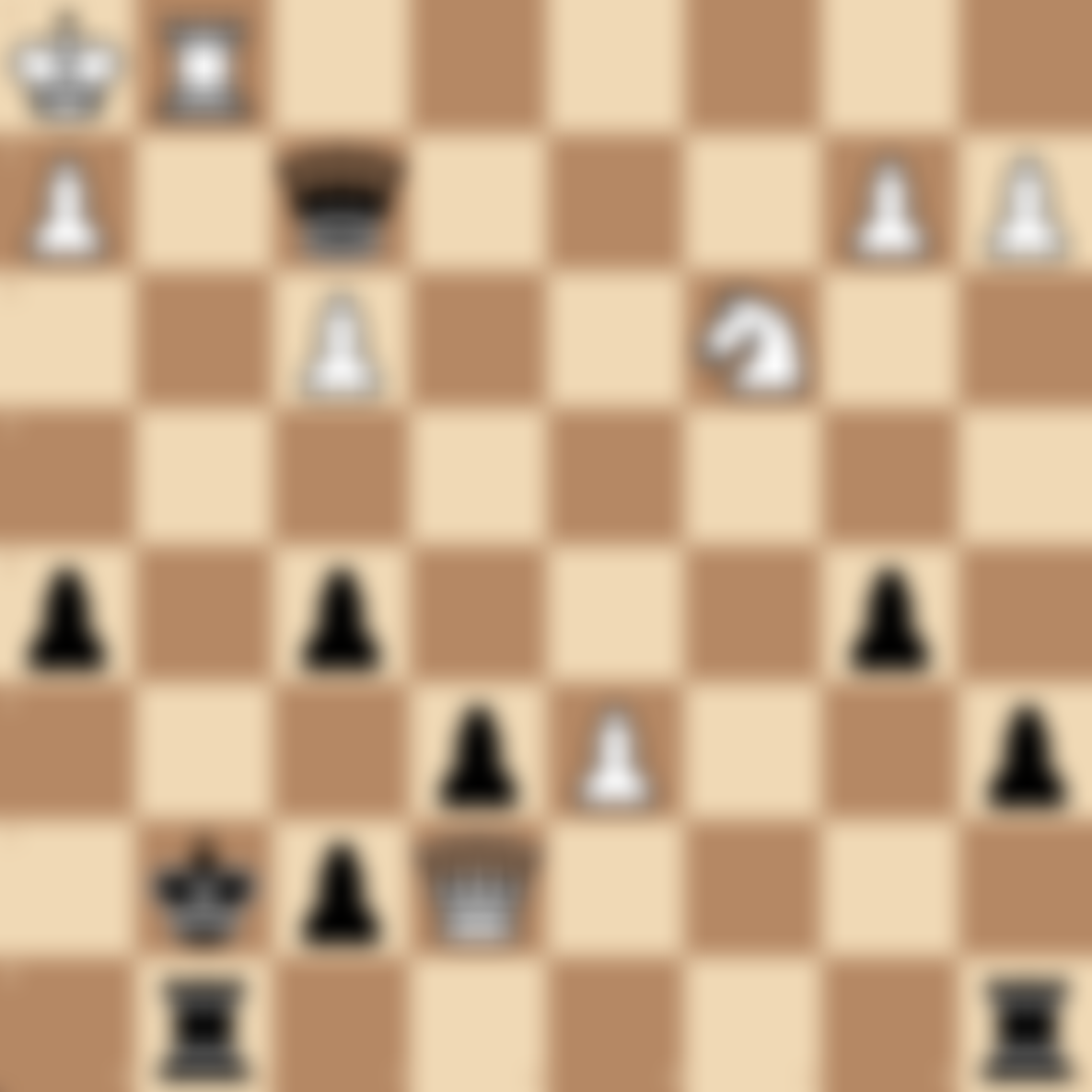Knight Outposts in Chess
Table of Contents
- Introduction
- What is a Knight Outpost?
- Characteristics of a Strong Knight Outpost
- Creating and Utilizing Knight Outposts
- Famous Games Featuring Knight Outposts
- Defending Against Knight Outposts
- Practice Knight Outpost Puzzles
- FAQs
Introduction
Understanding and mastering the concept of Knight Outposts is crucial for chess players looking to improve their positional play and strategic thinking. At chesspuzzles.io, we've created this comprehensive guide to help you explore the power of Knight Outposts, provide practical examples, and offer puzzles to enhance your skills in this important aspect of chess strategy.
What is a Knight Outpost?
A Knight Outpost is a strong square in the opponent's territory where a knight can be placed and is difficult to dislodge. Key features of a Knight Outpost include:
- Advanced position (usually past the 4th rank for White, or 5th rank for Black)
- Protection from enemy pawns
- Inability of opponent's pawns to attack the knight
Understanding and creating Knight Outposts can significantly improve your:
- Positional play
- Strategic planning
- Ability to create and exploit weaknesses in the opponent's position
Characteristics of a Strong Knight Outpost
A strong Knight Outpost typically exhibits the following characteristics:
- Central or near-central position
- Protected by friendly pawn(s)
- Cannot be attacked by enemy pawns
- Provides control over key squares or files
- Restricts enemy piece movement
Creating and Utilizing Knight Outposts
To effectively use Knight Outposts in your games:
- Look for holes in the opponent's pawn structure
- Advance pawns to support potential outpost squares
- Maneuver your knight to the outpost square
- Use the outpost knight to control important squares and restrict enemy pieces
- Consider the outpost as a launchpad for further tactical or strategic operations
Famous Games Featuring Knight Outposts
Studying classic games can help you understand the power of Knight Outposts. Some notable examples include:
- Botvinnik vs. Capablanca, AVRO 1938
- Fischer vs. Larsen, Palma de Mallorca Interzonal 1970
- Karpov vs. Kasparov, World Championship 1985 (Game 16)
Defending Against Knight Outposts
To counter your opponent's Knight Outposts:
- Maintain a solid pawn structure to prevent holes
- Use pawns to challenge and potentially dislodge the outposted knight
- Exchange the outposted knight if possible
- Create counterplay in other areas of the board
Practice Knight Outpost Puzzles
Improve your skills with our collection of Knight Outpost puzzles on chesspuzzles.io:
Try our Knight Outpost Puzzles on chesspuzzles.io now
Test your understanding and strategic thinking with these interactive puzzles designed to reinforce the concepts learned in this guide.
FAQs
Q: How important are Knight Outposts compared to other strategic elements in chess? A: Knight Outposts are a crucial strategic element, often playing a key role in middlegame and endgame positions. However, their importance should be balanced with other factors such as pawn structure, piece activity, and overall game plan.
Q: Can other pieces have outposts similar to knights? A: While the term "outpost" is most commonly associated with knights, other pieces can occupy strong advanced positions. However, knights benefit most from outposts due to their unique movement and ability to control squares of both colors.
Q: How can I practice identifying and creating Knight Outposts in my games? A: Regular practice on chesspuzzles.io, analyzing grandmaster games, and focusing on pawn structures in your own games can help you improve your ability to identify and create Knight Outposts.
Master the art of Knight Outposts to elevate your chess strategy! Ready to put your skills to the test? Try our Knight Outpost Puzzles on chesspuzzles.io now and watch your positional play soar to new heights.
